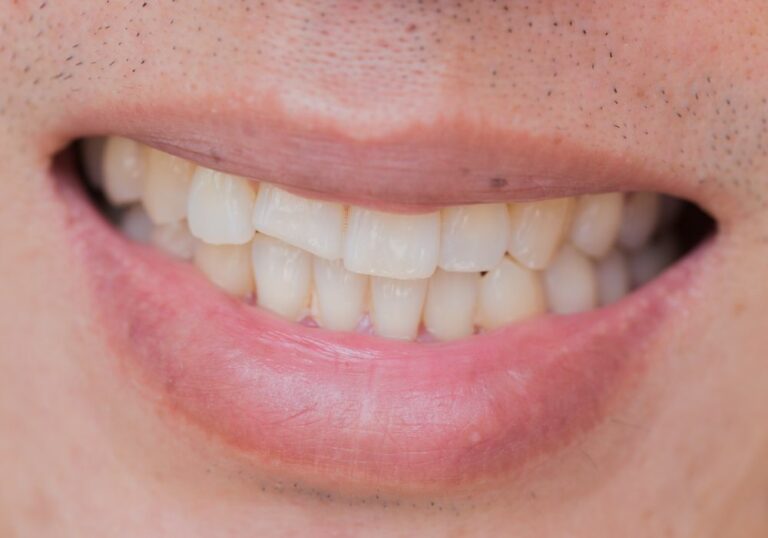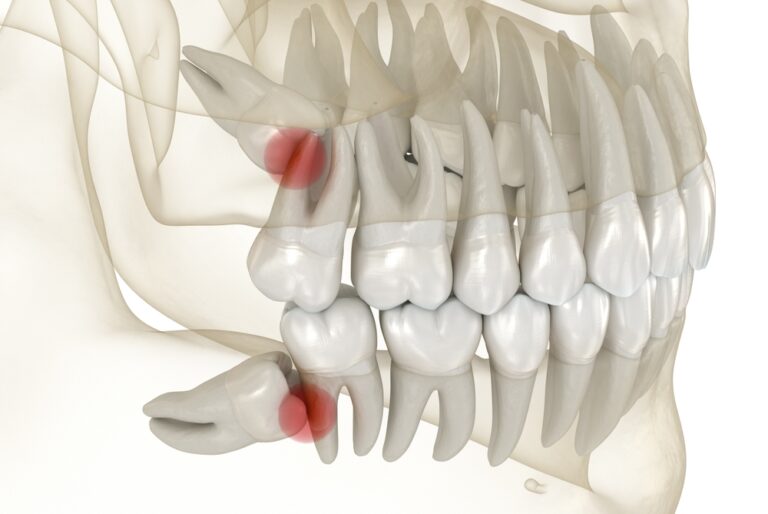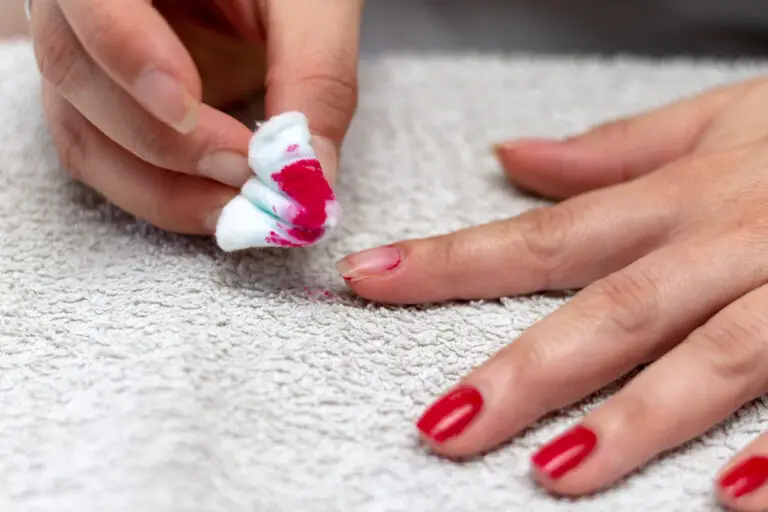Do you have a furry little friend that has warmed its way into your heart with its cute tail wags and barks? If so, you’re probably wondering how to ensure that your furry friend’s teeth stay healthy, so you ask, how many teeth do dogs have?
Typically, adult dogs have 42 teeth, ten more than humans, who have only 32, including their wisdom teeth. Dogs’ teeth comprise incisors, canines, molars, and premolars, with 20 teeth on their upper jaw and 22 on their lower jaw.
Here, in addition to detailing the different types of teeth a dog has, we’ve curated answers to various questions you might have regarding your dog’s dental health, so we implore you to read on.
How Many Teeth Should a Dog Have?
Puppies are naturally born without teeth. However, as they grow, they experience dentition changes from their pup to the adult dog stage. These changes present them with different types and numbers of teeth that grow, fall out, and grow again as the dog matures.
How Many Teeth Do Puppies Have?
Puppies’ teeth grow when they’re about three to four weeks old. By three to five months, puppies develop 28 deciduous teeth, also known as milk teeth, with 14 in their upper jaw and 14 in their lower jaw.
Unlike humans, whose milk teeth start to fall out at age five on average, puppies’ deciduous teeth fall out when they’re three to seven months of age. This is also known as the age of eruption.
How Many Teeth Do Adult Dogs Have?
Dogs have a maturation rate that is much faster than that of humans. As such, they lose their teeth as puppies quickly and begin to grow out adult teeth almost immediately. When dogs’ milk teeth have all erupted and are replaced by adult teeth, they end up having 42 teeth.
On some rare occasions, puppies do not lose their deciduous teeth and keep them till they mature into adult dogs. When this happens, their teeth are called “retained teeth.”
What Type of Teeth Do Dogs Have?
Dogs have four types of teeth, similar to humans. Depending on the breed, these teeth are arranged strategically in the upper and lower jaws, with different functions.
1. Incisors
These are often the most visible teeth in your dog’s mouth. Incisors are the small teeth in the front of your dog’s upper and lower jaw. They are usually 12, with six incisors on the lower jaw and six on the upper jaw.
Dogs usually use their incisors to self-groom their furs and coats, grab little pieces of food, or scrape bits like meat from bones. They also use them to nibble at pests like fleas or other insects that stick to their coats.
2. Canines
You can’t miss the canine teeth because of their distinct shape. Canines are long, pointy, and sharp teeth arranged in twos on dogs’ top and bottom jaws. They are shaped this way because they’re often used to tear into meat, puncture food, or hold on to things.
If you ever find yourself in a tug-of-war with your dog, they’re most likely using their canines to dig into the rope or chew toy and hold on. Dogs also bare their canines when they feel threatened. Canines look dangerous on their own and can be used to scare away predators.
3. Premolars
Just behind the canines are the premolars, located on the top and bottom of either side of your dog’s jaw. In total, premolars are 16, with eight on the top and eight on the bottom. Premolars are relatively sharp but not as sharp as canines.
They are used to shear, grind, and chew food, treats, or even your shoes. Premolars sometimes have sharp edges and are used to shred and gnaw on bits of food too.
4. Molars
Molars are the last set of teeth in your dog’s mouth. They have flat shapes and are often called heavy-duty teeth because they’re used for crushing, grinding, and chewing hard food or treats.
Adult dogs have four molars on their upper jaws and six on their lower jaws. They are similar to premolars but are used for heavy grinding. Molars are also typically anchored to a dog’s mouth with one, two, or sometimes three roots, which keeps them well grounded.
Why is My Dog Losing its Teeth?
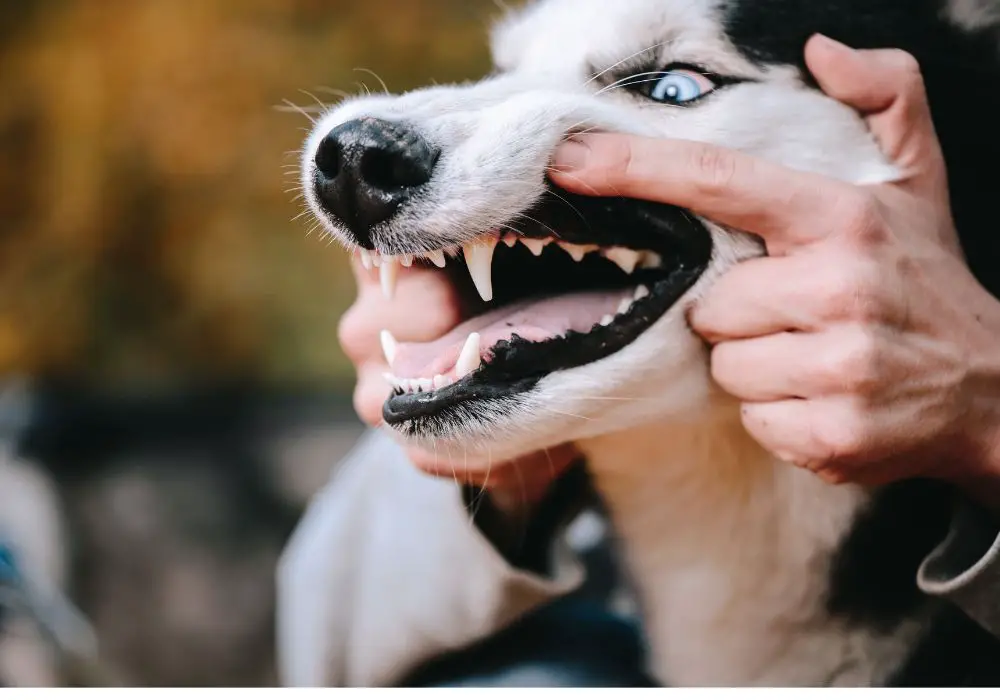
Besides shedding their milk teeth as puppies, adult dogs can sometimes lose teeth for several health reasons. Once you contact your veterinarian, here are some possible conditions the expert might link to your dog’s tooth loss;
1. Trauma
Dogs are similar to kids; they play roughly and often must be reminded to slow down. While playing around, your dog may have sustained an injury that caused its tooth to chip, break, or fall off.
It is also possible that your dog may have chewed on something made of dense mineral or bone material, causing its teeth to be fractured. To ensure you’re not contributing to losing your dog’s teeth, avoiding or limiting beef bones or pork bones in its diet is best.
2. Periodontal Disease
This is one of the most common reasons why your dog’s teeth may be falling out. Just like your teeth need regular care, a dog’s teeth must also be adequately cared for. If you don’t take your doggo for regular brushing or veterinary dental cleanings, it may come down with periodontal disease.
These advanced dental diseases will eventually lead to decayed teeth and diseased gums, which will cause teeth to start to fall out. Some of these diseases can lead to severe infections if left unchecked, putting your dog’s health at risk.
3. Tooth Decay
Just like dogs’ teeth erupt and shed faster than humans, their teeth also decay much faster. This is because, apart from eating, they use their teeth to pick up items made from all sorts of materials inside and outside the house.
These factors contribute to the quick wear and tear of a dog’s teeth and will cause them to decay fast. Besides leading to tooth loss, this decay can also be a source of pain or infection for your dog.
During your regular vet visits, experts will examine your dog and determine if any decayed teeth need to be extracted to stop the pain your dog might be experiencing.
How Can I Prevent My Dog From Losing More Teeth?
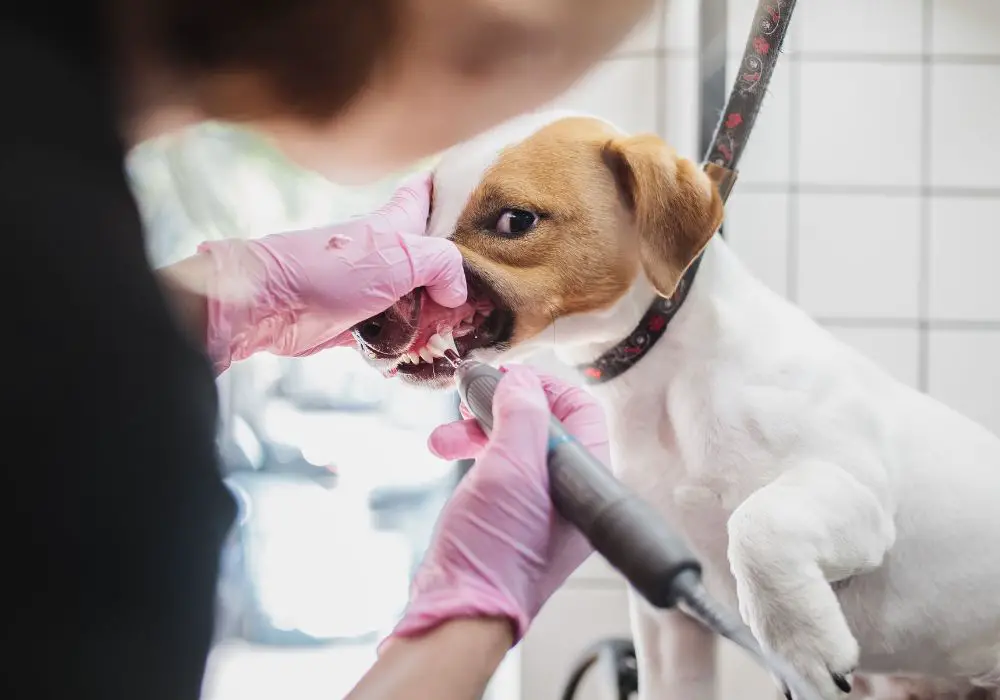
Generally, dogs develop more dental conditions than humans do. Some experts say once your dog has hit the age of three, there is an 80 percent chance it will develop some form of periodontal disease.
Here are some guidelines you can use to keep an eye on your dog’s dental health;
1. Regular Brushing
Ensure your dog’s teeth are regularly brushed. You can do this yourself or get a professional to help you. Some experts recommend brushing as often as every day. However, a few times a week is enough to keep your dog’s teeth healthy.
By using dog-friendly or bacon-flavored toothpaste to brush your dog’s teeth regularly, you’re helping to reduce the buildup of plaque, dirt, bacteria, and other factors contributing to tooth loss.
2. Dental Chews
Dental chews are specifically designed to reduce the buildup of tartar and massage their gums, which helps to stimulate blood flow to the mouth, keeping the teeth healthy. An excellent way to help prevent your dog from losing teeth is by providing dental chews to keep the plaque away.
Different types of dental chews serve different purposes. Before buying one for your dog, ensure your vet has approved it, then you can give it to your dog.
3. Dental Treats
Another way to keep your dog’s dental health optimum is by incorporating dental treats into their diet. Dental treats are often made of potatoes, dry meat, corn, and other vet-approved ingredients.
These ingredients help to keep bacteria at bay and keep the teeth clean. They also help to prevent bad breath and certain periodontal diseases. While dental treats should not replace brushing in your dog’s hygiene routine, they certainly play an essential role in preventing tooth loss.
4. Regular Vet Visits
Do not wait until your dog’s bad breath makes you cringe before you visit the vet. Schedule regular visits every few months to ensure any developing dental diseases are caught early and cared for.
Additionally, please do not wait until your dog is in noticeable pain before you go to the vet, as it may be too late to save the affected tooth. Paying regular visits will prevent your dog from battling pain and infections that often result from decayed teeth or tooth damage.
Final Thoughts
To conclude, how many teeth do dogs have? Puppy teeth only number 28 deciduous or milk teeth. However, just like humans, these milk teeth fall out to give room to permanent teeth, which are 42 in number.
Besides maturing, other factors that could contribute to your dog’s tooth loss include trauma, periodontal diseases, and tooth decay. Using dental chews, proper dental care, and regular vet visits will ensure your dog’s dental health is optimum at all times.

